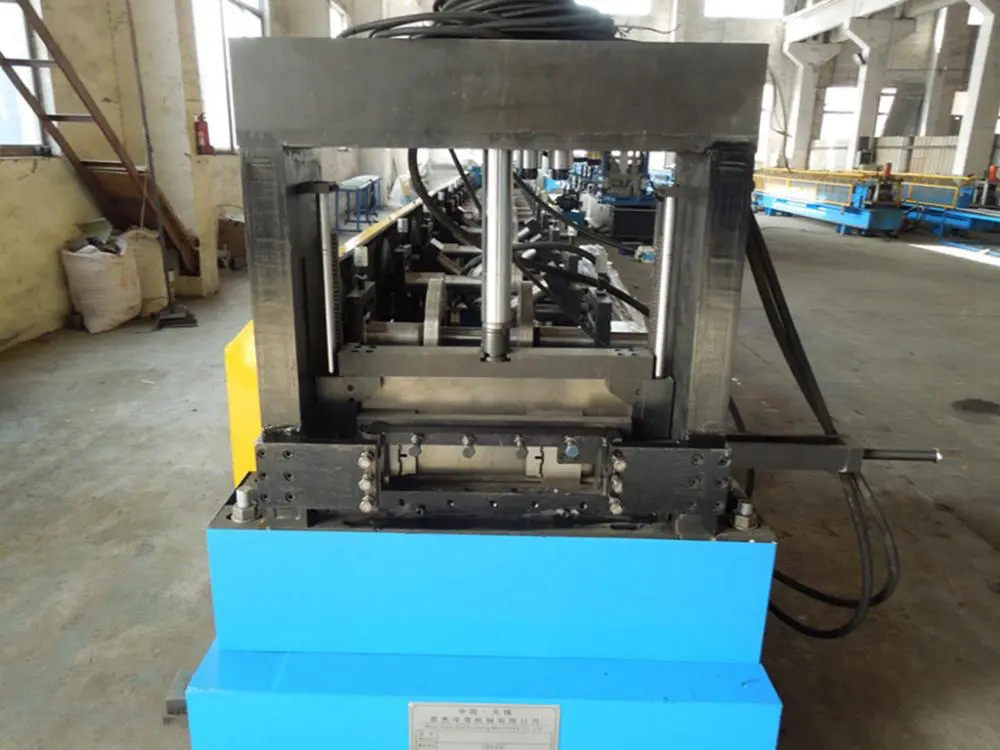
The Evolution and Efficiency of Steel Slitting Lines
In the evolving landscape of metal processing, steel slitting lines play a crucial role in the production industry. These specialized machines are designed to cut large coils of steel into narrower strips or sheets, which can then be further processed or utilized in various applications such as construction, automotive manufacturing, and appliance production. Understanding the significance, functionality, and advancements in steel slitting lines provides insight into their importance in the modern manufacturing process.
Overview of Steel Slitting Lines
Steel slitting lines are sophisticated machines that perform the function of slicing wide coils of steel into precisely measured, narrower coils. The process begins with a master coil, which can weigh several tons and has varying widths depending on the requirements of the end product. The key components of a slitting line include the uncoiler, slitting knives, a tension system, and recoiler. As the steel coil is unwound, it passes through a series of razor-sharp slitting knives that divide it into the desired widths. Following this operation, the strips are wound back into coils using the recoiler, ready for transport or additional processing.
One of the primary advantages of using slitting lines is their ability to produce strips with extremely tight tolerances. In industries where precision is critical, such as automotive and aerospace manufacturing, the ability to create steel strips that meet exact specifications is invaluable. The end products of slitting lines may vary in thickness, width, and coating, depending on customer requirements, making them versatile production tools.
Advancements in Slitting Technology
With rapid technological advancements, steel slitting lines have evolved dramatically. Modern slitting lines are now equipped with advanced computer numerical control (CNC) systems that allow for greater precision and control over the slitting process. These CNC systems enable operators to adjust settings easily, accommodating various steel grades and thicknesses without significant downtime. Furthermore, improvements in automation technologies have streamlined operations, reducing manual intervention needed, which minimizes the risk of human error and enhances efficiency.

Moreover, recent developments in blade technology have considerably improved the longevity and performance of slitting knives. High-performance materials, such as carbide or diamond-coated blades, now dominate the market, allowing for longer usage periods and reducing the frequency of replacements. This not only translates into lower operational costs but also contributes to higher production rates, as the slitting lines can run continuously without interruptions.
The Role of Steel Slitting Lines in Sustainability
Sustainability is an increasingly critical issue in manufacturing today. Steel slitting lines contribute to sustainability efforts by maximizing the use of raw materials and minimizing waste. By allowing manufacturers to produce steel strips tailored to specific requirements, slitting lines help reduce excess material. Furthermore, the recycling of steel is an integral part of the industry, with scrap generated from the slitting process often being recycled back into the production pipeline.
Additionally, advancements in slitting line design have also focused on energy efficiency. Newer models are designed to consume less energy during operation, which aligns with the global initiative to reduce carbon footprints across industries. By adopting greener technologies and practices, manufacturers are not only improving their sustainability but are also meeting the increasing demand from consumers for environmentally responsible products.
Conclusion
In conclusion, steel slitting lines serve as a cornerstone in the metal processing sector, driving precision, efficiency, and sustainability in production. The developments in technology, coupled with a focus on sustainable practices, ensure that slitting lines will continue to play a vital role in meeting the diverse needs of various industries. As manufacturers strive to innovate and enhance their production capabilities, steel slitting lines will undoubtedly remain at the forefront of shaping the future of metal processing. The ability to produce high-quality steel strips with precision and efficiency makes them indispensable in today's fast-paced manufacturing environments, positioning them as essential tools for the industry’s growth and sustainability efforts.